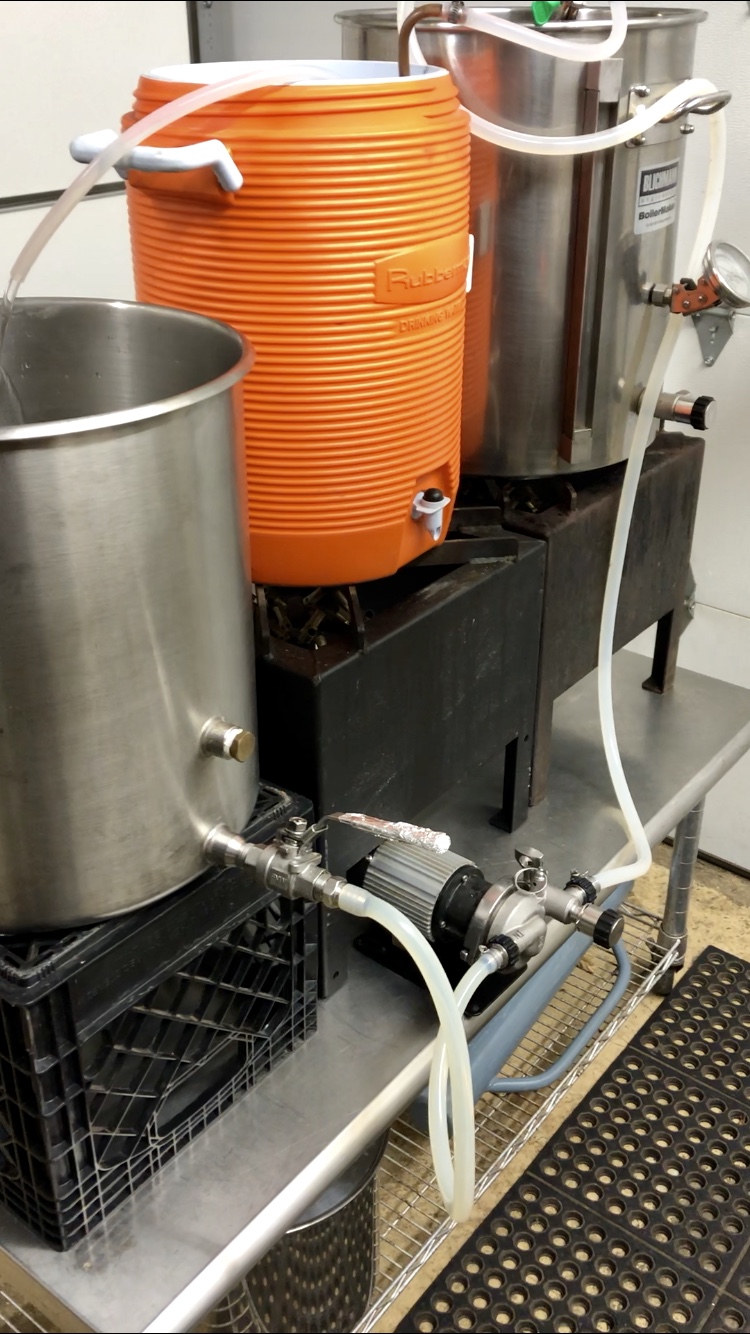Hi all. Read some great info here on the topic. I brew all double batches and currently chill with a 50 foot copper IC in the kettle and a 25 foot SS IC in a bucket of ice with a sub pump in cooler of ice. A bit of a process but ok. It still takes minimum 40 minutes to get 220 down to 80. In summer it is worse.
I know this is very dependent on water source and mine is city.
Thinking of making the leap to the plate chiller and leaning towards a duda diesel 30 plate around 14" long.
I know I need to deal with clean up but it seems reversing for flush and the fact I use a hop basket in the kettle clogging risk should be minimal.
For those that changed are you happy?
Thoughts
thanks
I know this is very dependent on water source and mine is city.
Thinking of making the leap to the plate chiller and leaning towards a duda diesel 30 plate around 14" long.
I know I need to deal with clean up but it seems reversing for flush and the fact I use a hop basket in the kettle clogging risk should be minimal.
For those that changed are you happy?
Thoughts
thanks





















































![Craft A Brew - Safale S-04 Dry Yeast - Fermentis - English Ale Dry Yeast - For English and American Ales and Hard Apple Ciders - Ingredients for Home Brewing - Beer Making Supplies - [1 Pack]](https://m.media-amazon.com/images/I/41fVGNh6JfL._SL500_.jpg)




